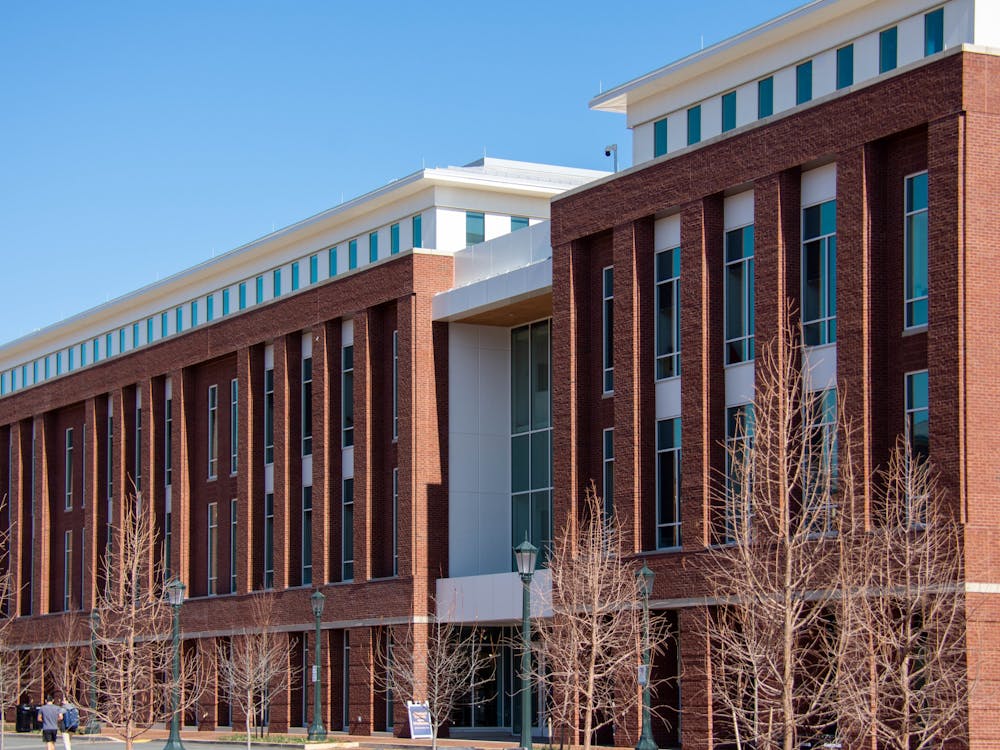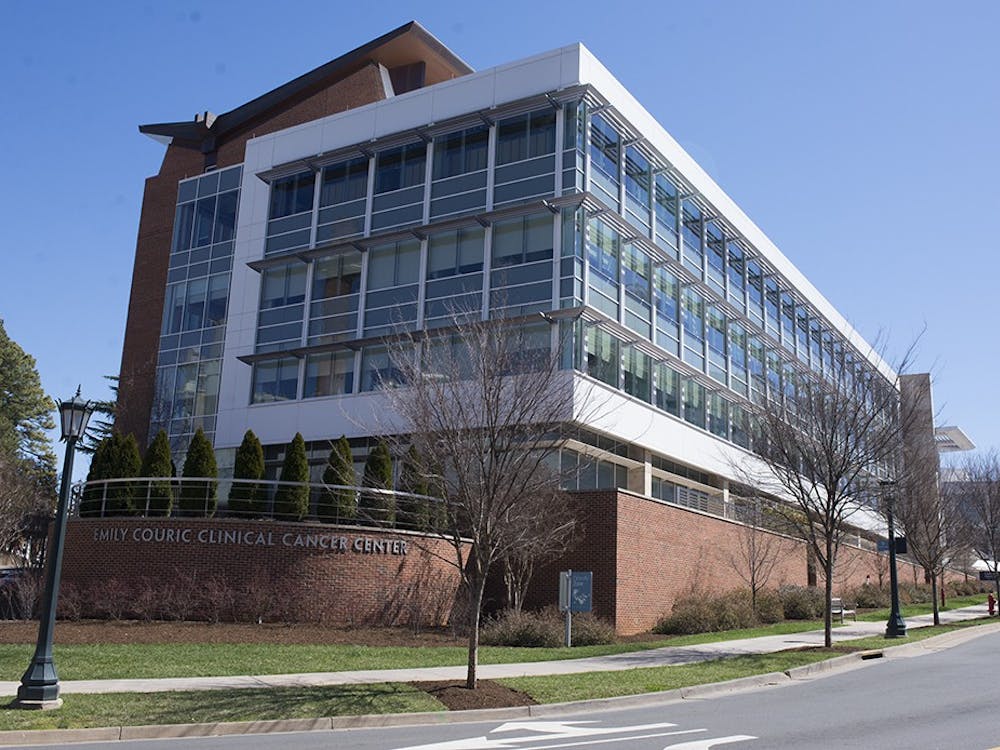It is believed that mankind first made shoes 50,000 years ago when running after mammoths in the snow literally became a pain in the foot, according to an article in National Geographic. Ethiopia's Olympic gold medalist Abebe Bikila won his first marathon barefoot in a world record time of 2:15:17 in 1960, when barefoot running first became popular, as noted in a TIME Magazine article. Today, people are shedding their synthetic soles in favor of running barefoot again, but is this devolution truly beneficial? According to some experts, it has its risks and challenges as well as its advantages.
"Barefoot running is not that simple," local podiatrist Samuel Schustek said. "If your foot structure and lower extremity structure is normal, then barefoot running is okay. Many people suffer from abnormality, though, and any weakness will be accentuated without the proper support. For most people it would be wise to wear some sort of shoe."
Former president of the women's club cross country team and long-time Ragged Mountain Running Shop employee Rebekah Berlin noted that barefoot running can pose risks if runners are not trained to identify "what kind of feet they have."
"For example, 50 percent of the population has [abnormal] pronation [a tendency to roll the foot inward or outward], including me," she said. "So if I ran barefoot I would get shin splints and stress fractures, etc. Pronation requires supported arches, something you don't get when you run barefoot."
Despite these possible health risks, barefoot running increases the range of motion and better absorbs shock than traditional stiff running shoes, according to Nike experts. Joint range and muscle activity is optimized as well.
Berlin hypothesized, however, that only a small cross-section of the population would enjoy these advantages.
"Most people don't understand how to incorporate barefoot running into their training, and think it just feels natural but really only a small amount of the population would benefit from barefoot running," Berlin said.
And while barefoot running could strengthen foot structure, the same effects could be achieved through other exercises and training that pose fewer risks, Schustek said.
But Nike designers may have found a way for runners to reap the benefits of barefoot running without having to endure the potential costs. These designers claim to have discovered a happy medium, protecting bare soles but providing the range of advantages thanks to the Nike FREE shoe.
Toby Hatfield, one of the founders of Nike FREE and the Innovation Manager of the Nike "Kitchen," explained the perks of this new creation.
"Primarily, Nike FREE can be better than running pure barefoot for two reasons, the first of which is protection," he said. "Since most people don't have a nice clean golf course or well kept football/soccer field at hand, Nike FREE can be similar to taking that nice clean field with you where ever you are."
The second reason is gradual progression into barefoot running.
"Since most people don't have the control of a coach guiding how you train barefoot, wearing Nike FREE can help you 'ease-into' barefoot training without going 'cold-turkey,'" he said. "This is also why we have a Nike 5.0 and 3.0 where 0.0 is barefoot on grass, the 5.0 is half way. This progressive way to barefoot training is a safer way than just starting out pure barefoot."
Originally inspired by barefoot running, the Nike FREE shoe has attracted a lot of attention from consumers since its release, but people should not turn to it as their only form of training.
"When the Nike FREE came out everyone loved it, but it was designed for people to supplement their training 30 minutes at a time three times a week to strengthen your arches, which is the premise of this barefoot running argument," Berlin explained. "If I had the time to do supplemental running, I would run barefoot, but I would never train only barefoot."
The Nike FREE looks like an ordinary running shoe but grooves in the outsole known as "sipes" help mimic the natural movement of the foot as if it were running barefoot, and its breathable mesh material and few seams adds to its natural feel.
"In talking to one of our influential Track and Field coaches, he mentioned how he used 'controlled' barefoot training to keep his athlete's feet strong," Hatfield said. "Since most people aren't under the guidance of a coach or trainer to control how you barefoot train nor do most people have a nice, clean, debris and rut free grassy area to do it on, we surmised that another more practical way to get the same benefits was to do it in shoes that allowed your feet to move and have pressures as if you were barefoot."
As Hatfield mentioned, running on debris is a major obstacle to barefoot running.
"Many people step on splinters and nails," Schustek said. "I've taken pieces of glass, steel, and wood out of people's feet just from walking around their backyard. Also, people who have poor circulation and diabetes are more at risk for sores and infection if they run barefoot, so I would say if you run barefoot be very careful."
The Nike FREE shoe, though, provides protection while allowing the whole range of motion - just like barefoot running.
"That was the hypothesis and then we set out to understand the barefoot in motion on grass, design a shoe to mimic these motions and pressures and then test again in order to hopefully say we statistically significantly proved it, and we did," Hatfield said.
Considering that barefoot runners are usually pictured on sandy beaches, Charlottesville may be a more challenging location to try barefoot running.
"Running on a sandy beach would certainly be okay, but in Charlottesville I'm not sure where you could run. Maybe a clean track would be safe," Schustek said.
Schustek and Berlin, however, still advocate wearing some sort of shoe when running. Wearing the correct one is equally important.
"I ran all through high school and got four stress fractures because I was in the wrong type of shoe," Berlin said. "Once I made modifications, I was able to run healthily."
Hatfield, a sprinter himself, says he would not run barefoot, "now that Nike FREE has proven to give the same benefits as pure barefoot training."
"Of course, on the beach or sometimes on a grass field where I'm confident it's debris free, I will sometimes take my shoes off in the summer at the end of a hard or long workout to let my feet breathe and feel the grass," he said. "Perception or sensory awareness is an area where there is nothing like going pure barefoot. It's something we're trying to improve upon in future Nike FREE shoes"






